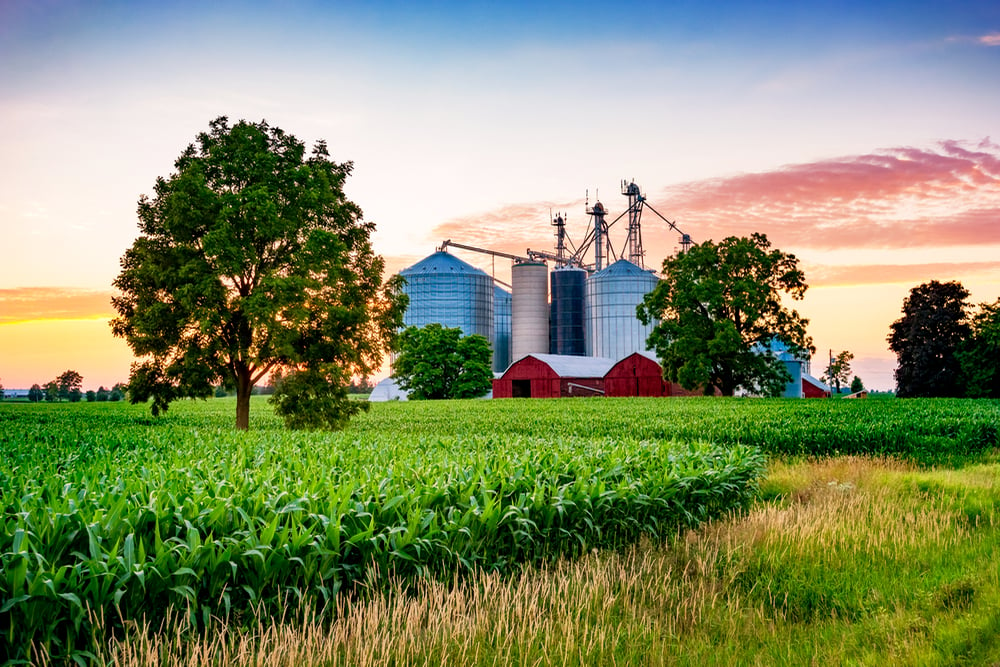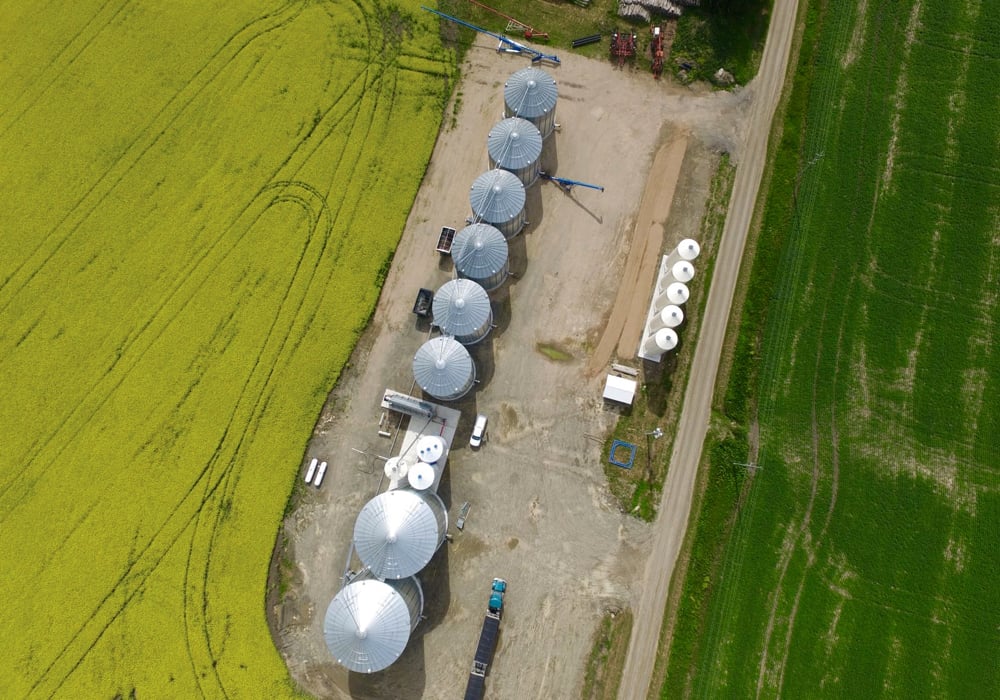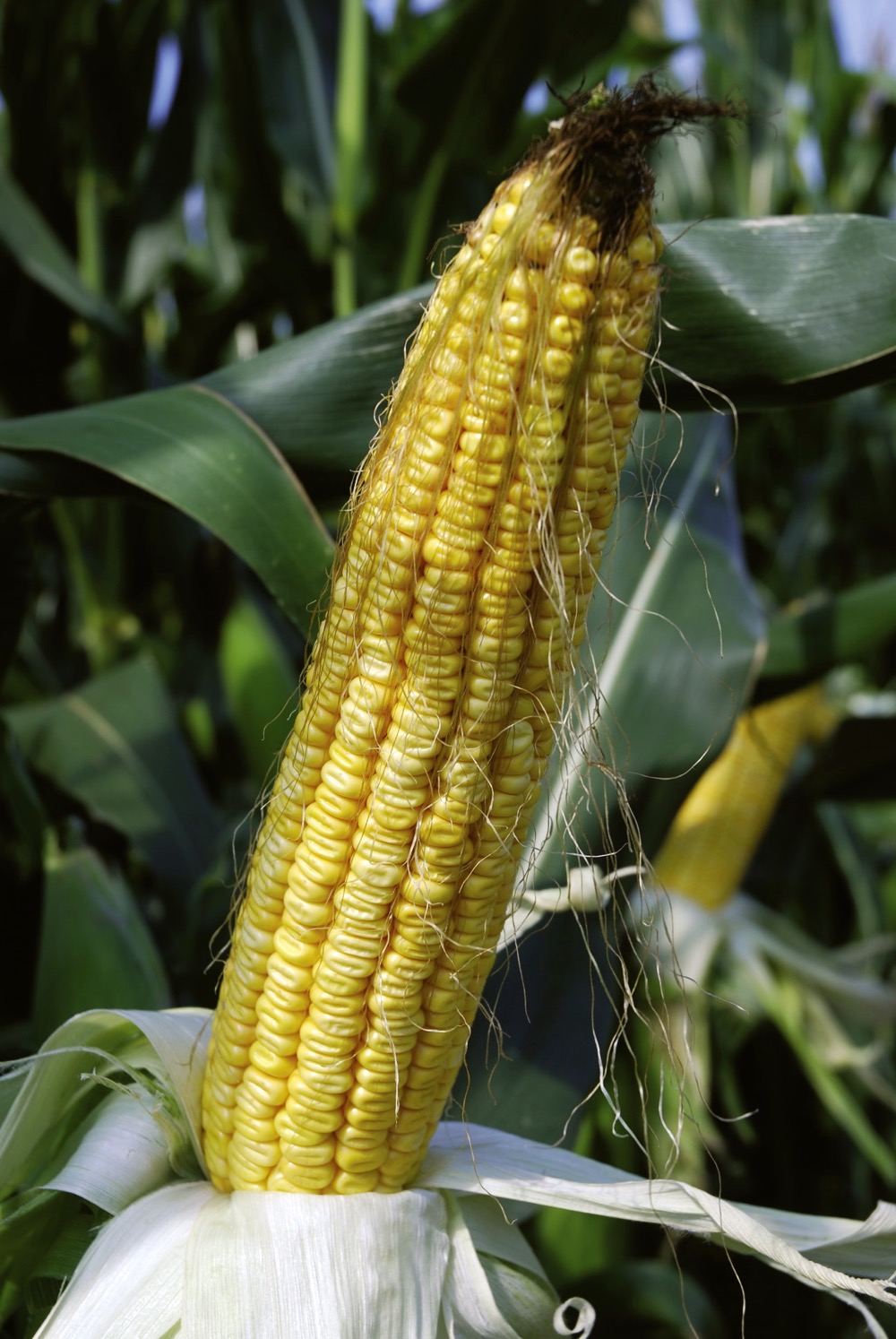The past 15 to 20 years have seen a tremendous evolution in corn breeding and trait development, from Bt and corn rootworm hybrids to stacked trait technologies, not to mention the adoption of multi-purpose hybrids.
In that same time frame, however, there’s been a display of defiance from producers who demand a dedicated silage hybrid for their operations. The development of brown mid-rib (BMR) hybrids is just one indication of that specialization, much the same way some growers opt for identity-preserved (IP) soybeans versus glyphosate-tolerant varieties.
That there is such a specific demand for silage hybrids only strengthens the resolve of certain companies to do more — not less — for silage research and breeding. Such is the case for DuPont Pioneer. Since 2012, the company has been refocusing its research on increased silage populations and the impact on milk production and feed quality. Most of that work has been carried out in New York state, plus some sites in Vermont.
Read Also

The wildly adaptable side of next gen agriculture
Some people just fall into the world of agriculture — and consider themselves lucky to have stumbled into such a…
The 2014 growing season was the first year the same research was conducted in Ontario, specifically in the east. According to Paul Hermans, area agronomist for eastern Ontario and the Maritimes, and Martina Pfister, dairy specialist, the plan for 2015 is for Pioneer to expand beyond the 20 plots in eastern Ontario in 2014 and to have some farther south and west in the province, as well as in Quebec.
Increasing plant population has been a primary step in pushing grain corn yield for the past decade, especially across the U.S. Midwest and into Ontario. Dr. Fred Below, corn physiologist from the University of Illinois at Urbana-Champaign, cites plant population as one of his “Seven Wonders” of corn yield, ranking fifth behind weather, nitrogen, hybrid selection and the previous crop. Seeding rates and plants per acre have become integral terms in many discussions, from residue management to soil fertility levels, and from tillage practices to the development of markets for corn residue byproducts.
But what’s integral to one facet of corn production may not have the same impact in another. Yield is seemingly all that matters in grain corn, so pushing higher plant densities translates to more bushels per acre. But milk production and digestibility are just as vital in silage hybrids. Indeed, to some producers, they’re more important. So driving higher plant populations must be tempered with the impact on the crop’s quality, and that’s not a linear relationship.
“Sometimes you can have a hybrid that’s not the best from a grain standpoint, but we take a look and determine what silage characteristics it has, and whether it meets our criteria that would make it a good silage hybrid,” says Hermans, based in Richmond just southwest of Ottawa. “Then we make a recommendation to advance that product just for a silage-only type of hybrid.”
Now, the milk-per-acre and milk-per-tonne calculations are also key determinants in silage trials. And Pfister agrees that what may look promising in a grain corn hybrid may not measure up in its value as a silage option. Starch content and digestibility for a dairy cow — and how those translate to milk production — also must be examined in higher population scenarios.
“We have a calculator that determines what more starch is worth,” says Pfister, who’s based near Baltimore, Ont., north of Cobourg. “We’re feeding corn silage for the energy that’s going to help us make the milk. So in our case, we’d average around $10.61 worth of more starch per acre to make milk.”
That $10.61 value is based on a corn price of US$4.50 per bushel.
Earlier U.S. research
In the U.S., DuPont Pioneer has been researching different components of corn silage production for the past three years. Among the company’s trials, there has been research on plant population effects on corn silage yield (2013) and plant population effects on BMR silage yield and quality (2012 to 2013 and again in 2014). There were also general corn silage performance trials in New York and New England (2012 to 2014) and a variable-rate seeding trial to determine the effect on BMR silage yield, conducted on three fields in central New York in 2014.
In the three trials measuring silage yields and quality parameters, the first (plant population effects on corn silage yield — 2012 to 2013) saw five silage hybrids grown across different locations, with plots planted at 37,000 and 42,000 plants per acre. The results showed that increasing the population by 5,000 plants per acre increased yield without significantly affecting quality. The higher populations also tended to increase starch and neutral detergent fibre digestibility (NDFd), although not at significant levels in the latter.
In the second study (plant population effects on BMR silage yield and quality), two silage hybrids were planted in seven locations (five in New York, two in Vermont) with three plant populations — 32,000, 36,000 and 40,000 plants per acre. This trial found that 36,000 plants per acre was optimal, primarily due to yield but also due to lodging potential, which was higher at 40,000. The starch percentage also appeared to peak at 36,000 while NDFd values did not show any significant difference.
In the 2014 version of this same study, 10 locations with four hybrids and the same three plant populations were tested, with 36,000 again providing the best yield and standability scores. Of interest, three of the hybrids in 2014 had higher starch levels at 40,000 while only one appeared to peak at 36,000. Results for NDFd continued to hold to the previous tests.
In Eastern Ontario
In the first year of Ontario-based research, planting populations consisted of two ranges — 30,000 to 33,000 and 33,000 to 42,000. Two BMR silage hybrids were used (P0783XR and P1180XR), and planted in strips a minimum of three rows wide, 500 feet long (versus the 2013 New York study that was planted to a minimum of six rows at 350 feet long). The Ontario results followed along the same lines as the U.S. results (see Figure 1): increasing plant populations into the 33,000 to 42,000 range increased yield 0.7 tons per acre, while starch increased 0.6 per cent. Using the corn price of US$4.50 per bushel, that equates to $10.61 per acre profit. As with the U.S. study results, pounds of milk per acre and NDFd in the eastern Ontario tests remained the same (no significant increase).
The starch component actually defies previous studies, which indicated that starch may decrease with increased plant populations. Hermans notes that 50 per cent of dry matter from silage comes from the grain portion, so if there’s an increase in grain corn, the same thing should apply in silage, since higher yields mean more grain per acre. In the 2014 results, that is what actually happened. Starch content did increase with the plant population.
All the more reason to continue testing in 2015, he adds.
Pfister adds another consideration. “A lot of guys also think that if we make a higher population stand, we’re going to lose on digestibility, and yet there was no difference in fibre digestibility,” Pfister says. “I think the genetics have helped us accomplish this as well, but it’s nice to show producers that they don’t need to worry, and that the quality isn’t going to go down.”
Close to home
The decision to engage growers to participate in this type of on-farm research comes not only from the perspective of “the more you know, the better you grow,” it’s also a reflection of the change that’s occurred in the seed trade. Gone are the days when seed companies recommended Canadian growers default to hybrids and varieties suited to the northern-tier states in the U.S. In the past 20 years, there’s been the growing recognition that Ontario, like all regions of Canada, is different. That’s part of Pioneer’s drive to see how silage hybrids respond to varying agronomic conditions, not just in eastern Ontario but into the southwest part of the province as well.
Hermans and Pfister explain that some hybrids have a regional or even functional selectivity to their potential. Others may be rejected because of their susceptibility to disease, such as gibberella or northern leaf blight. Hermans points to recent efforts to develop a white mould-resistant soybean variety that’s suited to conditions in eastern Ontario. They’re trying to do much the same thing for silage hybrids.
“We offer a lot of different hybrid options, and the motto we go with is ‘the right product for the right acre,’ and some growers want that dual-purpose, high-starch hybrid, and to get that it needs to be a good grain-yielding hybrid first,” says Pfister. “But then some growers want the milk per acre, so good quality but with lots of tonnage. Not everybody wants a tall, showy hybrid.”
The two are also trying to encourage more growers to participate in these types of trials, especially on a local basis. It provides relevant data for Pioneer but it also helps the grower determine the best course of action on his or her farm based on soil type, rotations, tillage, fertility and weather conditions.
“Every year your economics change,” says Hermans, pointing to the volatility of commodity prices. “You want to be financially productive, but without having your own information, you really can’t make that good decision. Either in populations or fungicides, as an industry or as growers, we have to do more of that.”
















